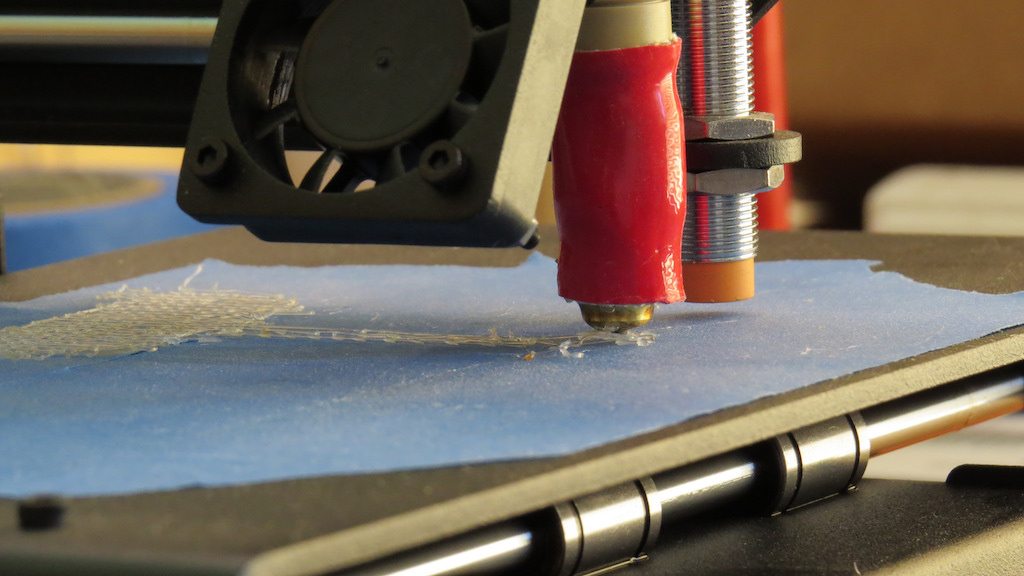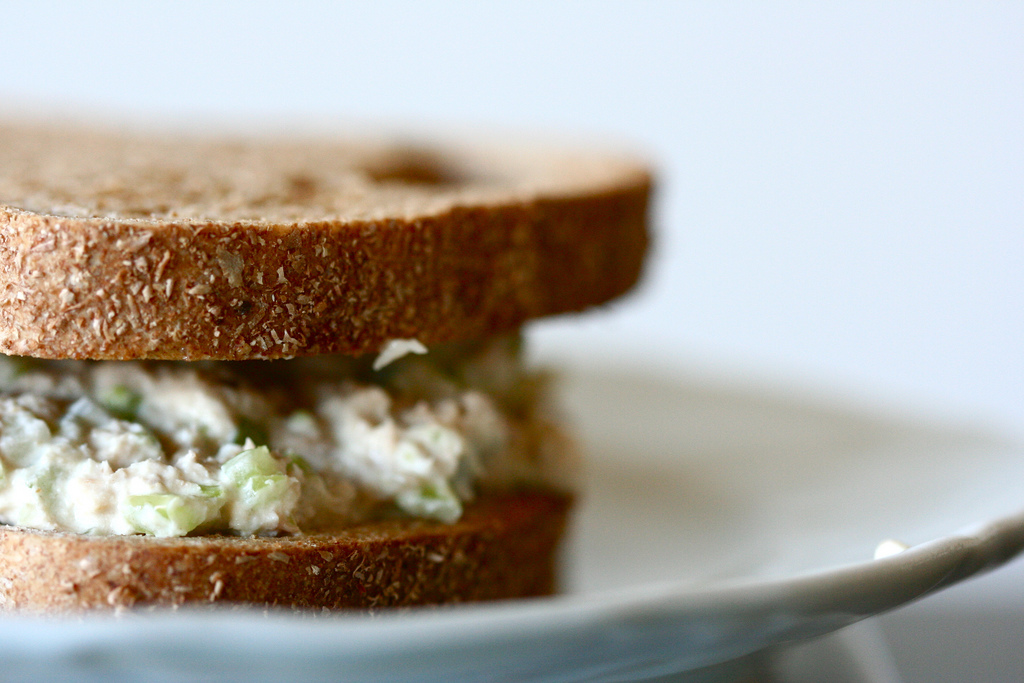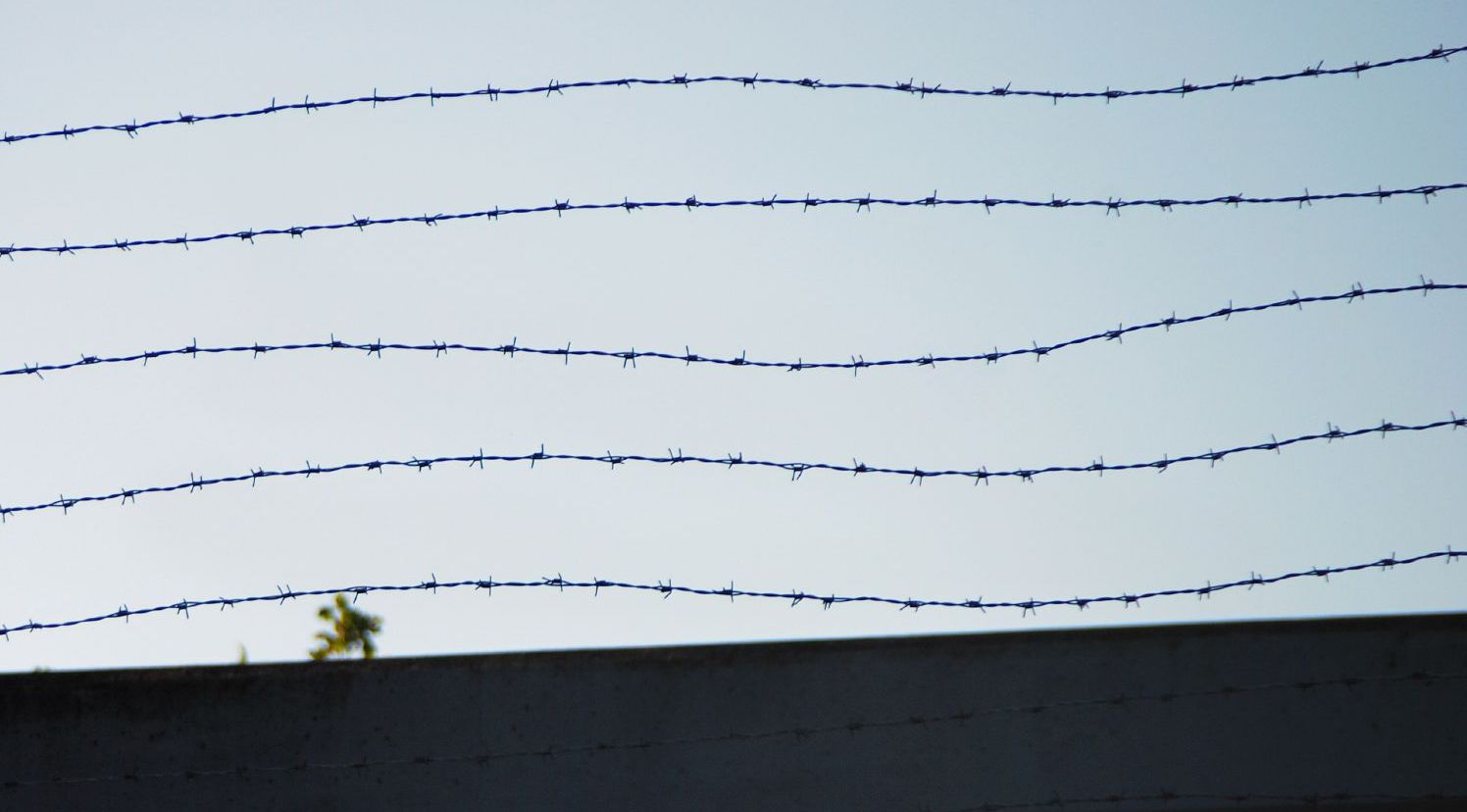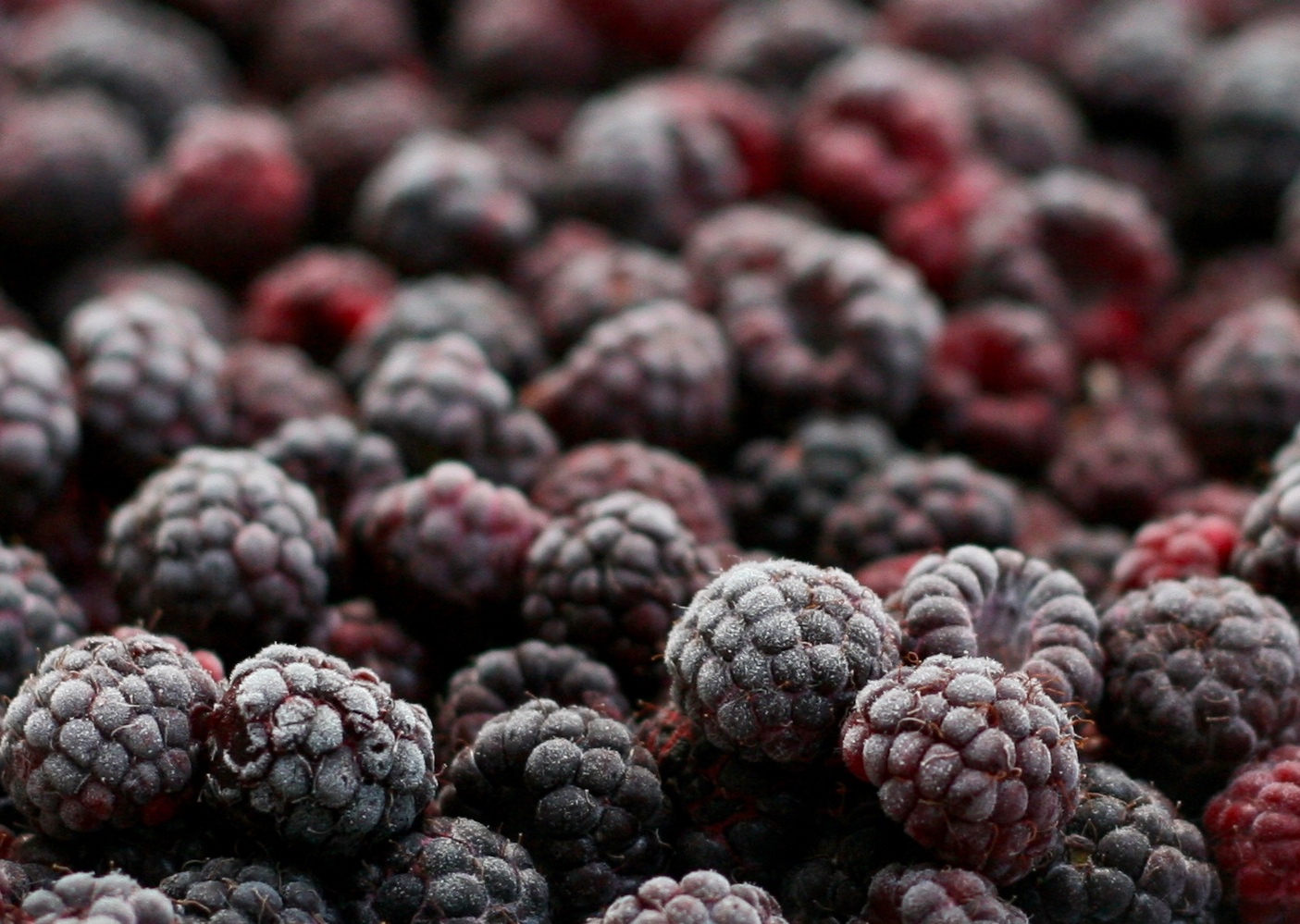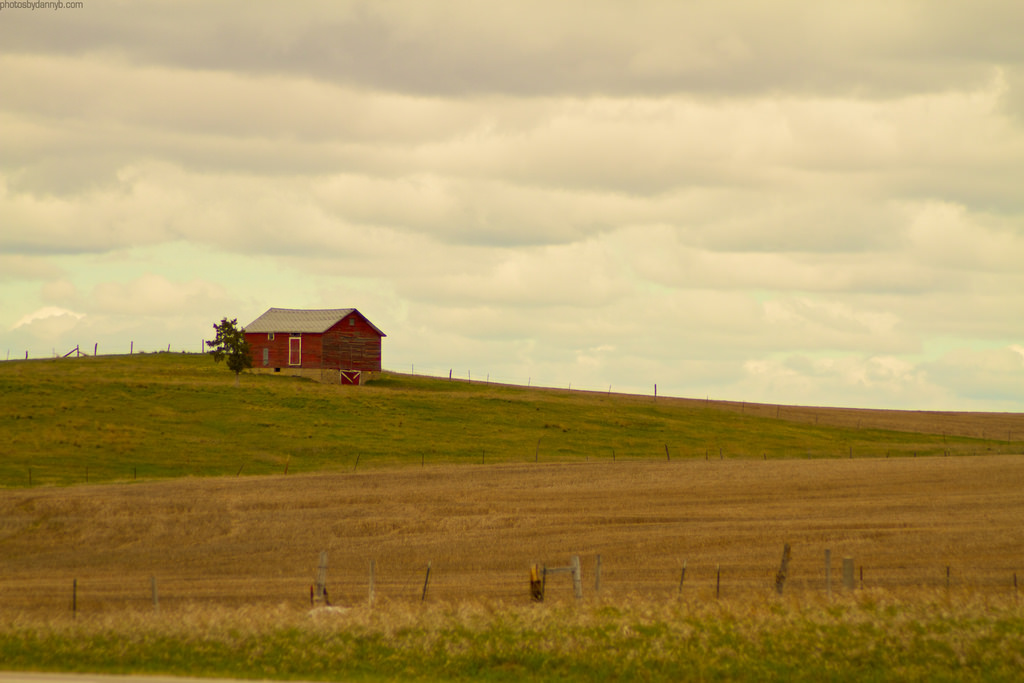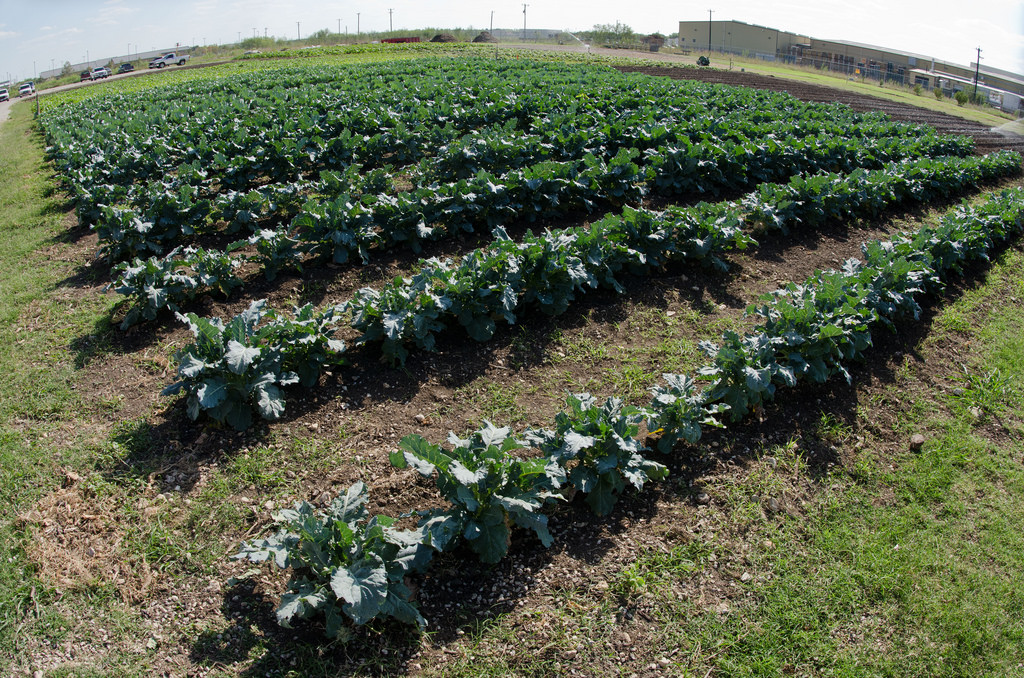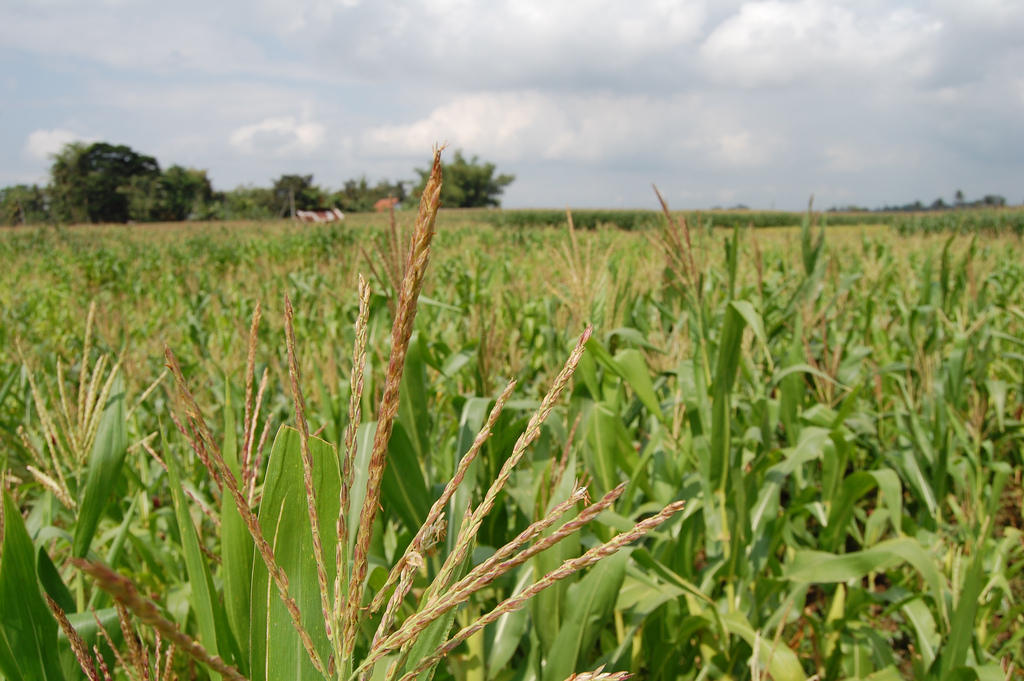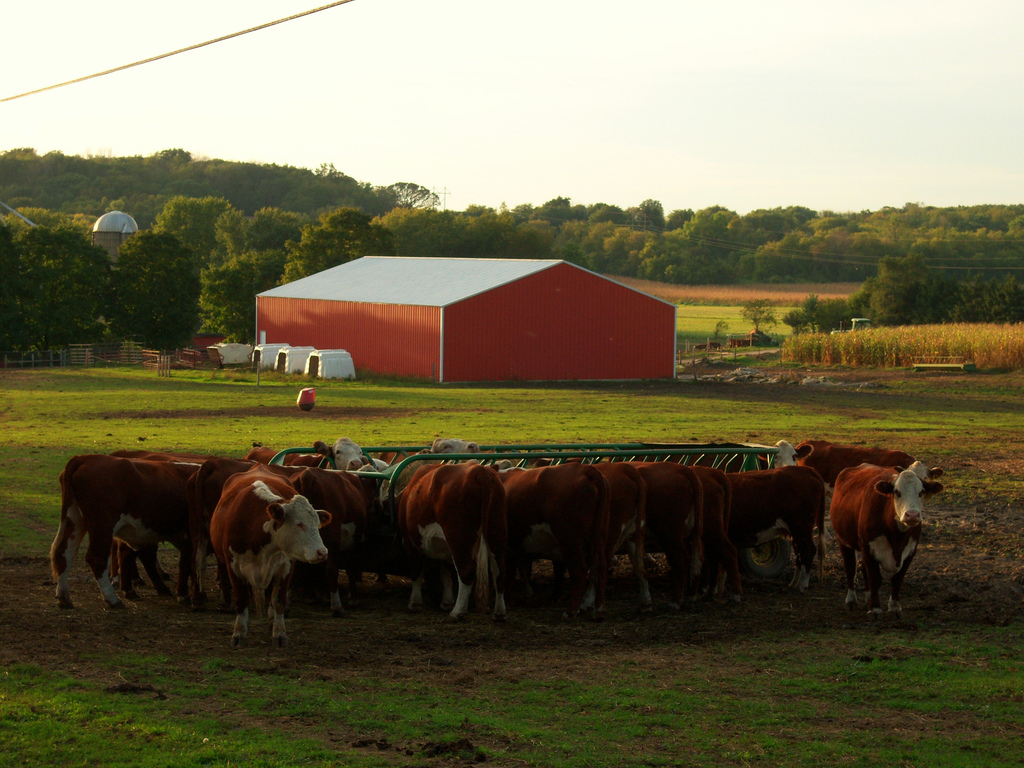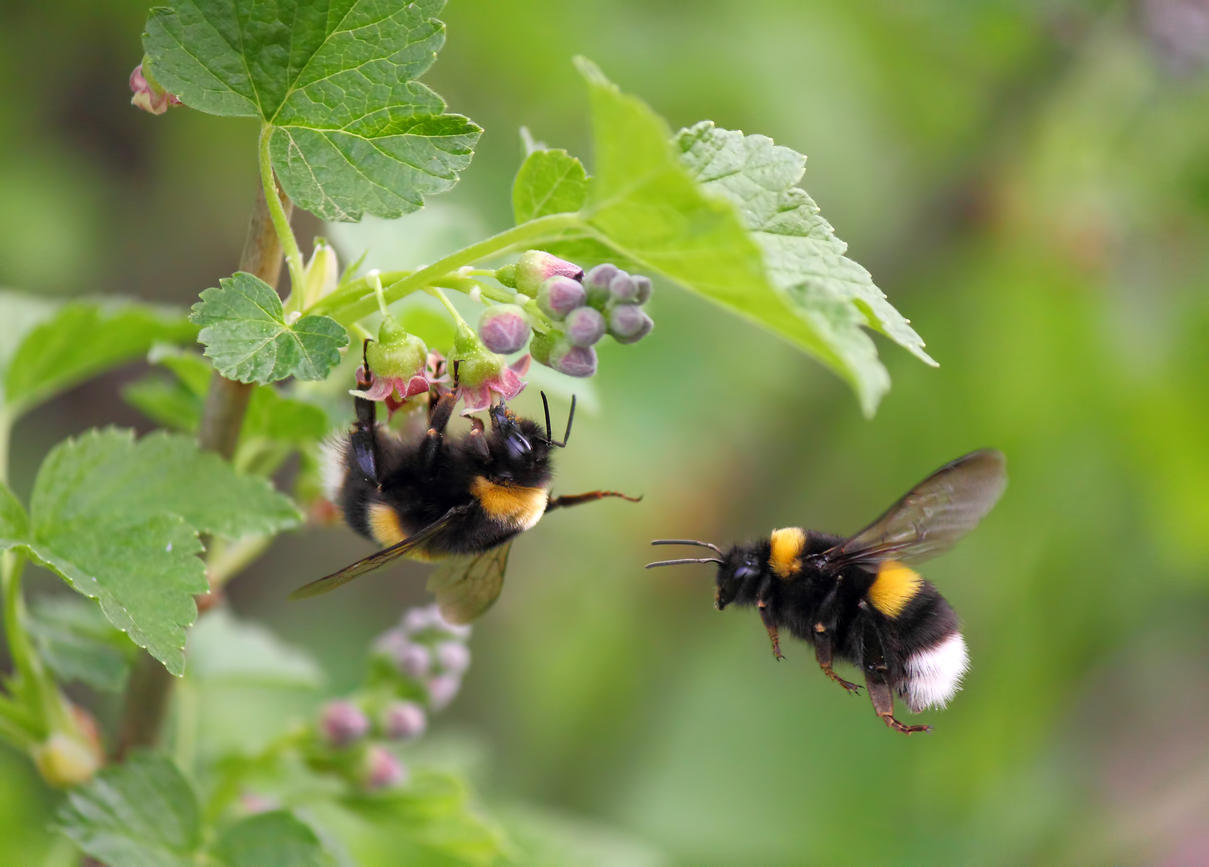
iStock / worklater1
For the past decade or so, we’ve been obsessed with the plight of honeybees—those intensively managed colonies that pollinate $20 billion worth of fruits and vegetables every year, including California’s vast fields of white almond blossoms, which are dying at an alarming rate. The outpouring of public concern around colony collapse disorder has led to more funding for research, and new laws to increase and protect land for pollinators. It’s become a lifestyle, too: think of the rooftop beekeeper, righteously restoring honeybee habitat, and being quirky about it, too.
That focus on the honeybee has come at the expense of studying and protecting the thousands of other bee species native to North America, like bumblebees, orchard bees, and mason bees, according to new papers published in a special edition of the journal Environmental Entomology. In the coming years, scientists agree, as the global human population continues to expand, growers will depend on these native species—which currently account for only one-third of pollinated crop value—like never before. The problem, though, is that we don’t know much about them.
The papers emerged from a workshop, hosted by the Environmental Protection Agency (EPA) in January of 2017, that featured participation from 40 researchers representing universities, regulatory agencies, and agrochemical companies. At the heart of a workshop were a few disarmingly simple questions: What do we know about native bee species? And if we want to start protecting them, what else do we need to know?
But that system of using the honeybee as the stand-in for all bees doesn’t take into account important differences between species. Without a basic understanding of how wild bee populations differ from honeybees biologically, it’s hard to assess risks accurately—and, beyond that, protect them.
There are already a few key, known, differences between honeybees and native solitary species. Take, for example, their relationship with the earth: Though the majority of 4,000 native bee species in North America live in nests that are hidden in underground galleries, the presence of pesticides in the soil isn’t adequately accounted for in risk assessments. Another key difference is in the role the queen plays, and how her behavior affects overall hive health. Unlike queens of honeybee colonies, who spend their entire lives in the hive, being fed by workers, bumblebee queens like to forage outside. That increases the likelihood of their contact with residue, and thus, the likelihood of bringing back a pesticide that could wipe out the entire colony. That possibility is totally elided by the current risk paradigm.
 New Food Economy
New Food Economy A mason bee pollinates a flower. Mason bees, like many native bees, haven’t been studied as deeply as honey bees
“Little is known about the dietary and energetic needs of bumble bee queens, which limits our ability to assess their exposure from ingestion of pollen and nectar,” says one study included in the issue. “Bumblebee queens are expected to be particularly vulnerable to exposure prior to, and during, nest founding, when the queen is gathering her own nourishment. Her nectar or pollen consumption rates after colony establishment, when other workers are feeding her, also are largely unknown.”
Despite our lack of understanding of their biology, we do know that wild species like the bumblebee play an important role in pollinating. Around the world, coffee is mostly pollinated by native bees, Cox-Foster says. In the United States, native bees have preferred pollinating fruits like apples, blueberries, and cranberries. In the case of blueberries, she says, honeybees, which are social creatures, do only “an okay job” on the flower, unlike solitary bee species that aren’t as intimidated by the trickier, upside-down flowering bulb that hides the pollen.
Historically, Cox-Foster says, blueberry orchards in the Mid-Atlantic were surrounded by natural lands and forests, and depended on native pollination. That changed as the orchards expanded, destroying or eliminating native habitat. In their place, the orchards have come to rely on the non-native, and commercialized, honeybee.
There’s another, more philosophical reason to understand why native bee species are important. It’s because dependency on a single bee species, like the honeybee, sets us up for disaster.
Diverse ecosystems are important. Think, for example, of trees. In the 1920s, elms were the most popular street tree in America. But after the spread of Dutch elm disease, through the 1970s, the country’s street tree population was decimated. The lesson there was to increase biodiversity. Arborists now call this the 10-20-30 rule—an urban tree population should include no more than 10 percent of any one species, 20 percent of any one genus, or 30 percent of any tree family.
Arguably, the same lesson could be learned when it comes to bees. There are over 20,000 different pollinators throughout the world, and the honeybee that we put in boxes, and truck up and down the California interstate, is just one of them. By becoming highly dependent on this one bee, we put ourselves at the same kind of risk as arborists did with the Dutch elm. If all bees are gone, get ready for a world that’s free of pollinated flowers, and a diet that’s even heavier on grains, corns, and potatoes—food that doesn’t require pollination.

